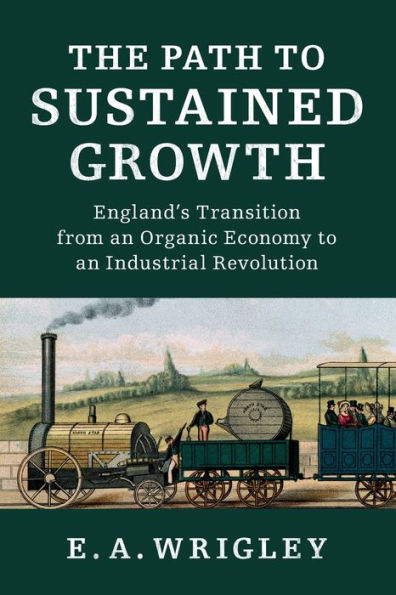5
1

The Path to Sustained Growth: England's Transition from an Organic Economy to an Industrial Revolution
227
The Path to Sustained Growth: England's Transition from an Organic Economy to an Industrial Revolution
227Paperback(New Edition)
$29.99
29.99
In Stock

Product Details
| ISBN-13: | 9781316504284 |
|---|---|
| Publisher: | Cambridge University Press |
| Publication date: | 01/21/2016 |
| Edition description: | New Edition |
| Pages: | 227 |
| Sales rank: | 763,239 |
| Product dimensions: | 6.02(w) x 8.98(h) x 0.51(d) |
About the Author
From the B&N Reads Blog
